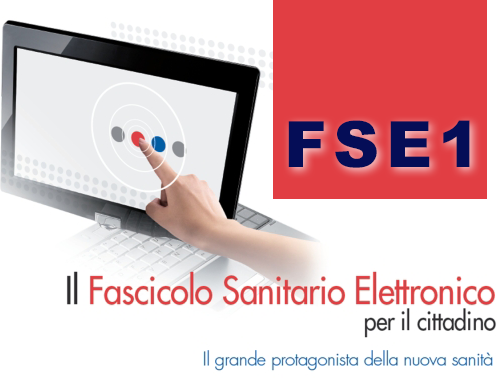FSE1:Infrastruttura tecnologica del Fascicolo Sanitario Elettronico e Salute in rete
START DATE May 2009
END DATE October 2010
Site: https://www.fascicolosanitario.gov.it/
The two projects were the subject of an agreement between the Department of Technologies of the Presidency of the Council of Ministers and the Department of Information and Communication Technologies of the CNR. The CNR Institutes involved were ICAR, IIT, ISTI, IBB, and the URT “Systems of Indexing and Classification” of the Production Systems Department. As part of the project “Technological Infrastructure of the Electronic Health Record”, a set of guidelines have been drawn up for the development of a technological infrastructure for the Electronic Health Record (EHR) of national reference, called InFSE, according to an open and interoperable model. The guidelines, approved by the Electronic Health Table of the Regions and Autonomous Provinces (TSE), define an architectural model for the collection of health information within the EHR, with the aim of ensuring an effective integration between the EHR platforms developed or being implemented in the Italian Regions and Autonomous Provinces. The guidelines have been defined following a careful analysis of the projects and initiatives undertaken concerning the implementation of systems related to the implementation of the EHR, evaluating the experiences in progress and the technical and divulgative documentation on the experiences themselves. In the light of the evaluations carried out, the proposed architectural model is based on a federated approach, comprising components essential for the construction of the EHR infrastructure through a service-oriented architecture, which make it possible to design an interoperable, secure, and technology-independent logical model and, at the same time, to build reusable and easily integrated systems in heterogeneous environments. The project “Health in network” has instead had the purpose to define a set of technical specification of national reference for the structuring, in compliance with the HL7 CDA Rel. 2.0 standard, of the main health documents, such as prescription, report, certificate of illness for public and private sector workers, hospital discharge letter, patient summary, and document for the collection and management of consent. These specifications have been presented and approved by the TSE.


